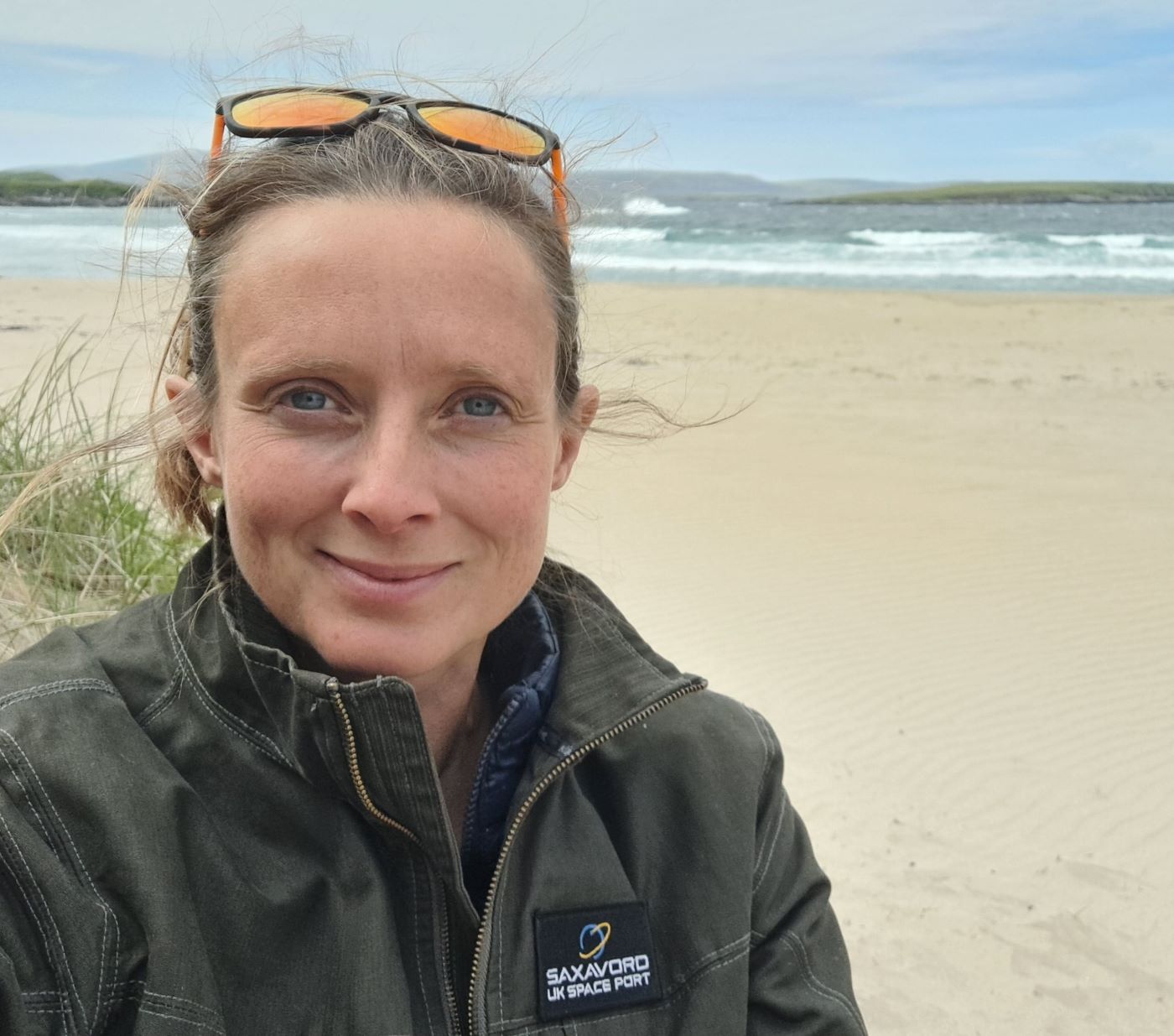Committed forecasting
 Minimising airline delays reduces costs and keeps passengers satisfied. So lessening the impact of one of the aviation industry’s biggest potential hazards – the impact of the weather on operations – is vital, and arguably even more so during winter weather.
Minimising airline delays reduces costs and keeps passengers satisfied. So lessening the impact of one of the aviation industry’s biggest potential hazards – the impact of the weather on operations – is vital, and arguably even more so during winter weather.
Safety-critical decision-making is essential to maintain effective and efficient schedules. In turn this enables improved route planning, more streamlined costs, better planned staffing requirements and increased passenger satisfaction. Combined with continued increases in air traffic volume – over 220 million passengers passed through UK airports in 2012 – and demand for increased airfield and airspace capacity, the need for accurate weather information has never been more important for airlines and airports to help mitigate weather-related delays.
Winter is a particularly challenging time for airport and airline operations. Disruption due to winter weather puts a strain on schedules through delayed and diverted aircraft, causes significant inconvenience to passengers and impacts upon staff resourcing. Receiving the best weather information for destinations and departures gives operations teams the confidence to make critical decisions on diversions, aircraft and runway de-icing and justification for potential delays and associated increased costs.
Weather forecasting can produce dramatic benefits and cost savings for both large and smaller airports. Newquay Airport, located on Cornwall’s north coast, has successfully saved money by using the Met Office’s OpenRunway service. By providing all of the airport’s critical weather information in one place and alerting the team to changing weather conditions, the airport is able to plan ahead and help reduce disruption year round.

During the extreme winter of 2010/2011, the Newquay Airport Operations team used 50% less runway de-icing fluid compared to the previous year, saving over £20,000.
The science behind forecasting
There are two main challenges in weather forecasting. It is essential to predict weather conditions in the future, and as a precursor to that, it is necessary to understand the current state of the atmosphere. This current state is known as the initial conditions of a forecast and involves describing the wind, temperature, cloud and other key elements of the atmosphere at the current time. In our Observations Network we use a number of techniques and methods to observe the atmosphere.
Observations can be taken in a number of ways, from individuals taking measurements of temperature at ground level, to the use of the latest technology to observe the atmosphere from satellites in space. As a global forecast centre, the Met Office receives, processes and reroutes vast amounts of observational data every day, including thousands of automatic observations received from aircraft – Aircraft Meteorological Data Relays (AMDARs) – and observations made at airports.
Observations are distributed unevenly across land, sea and air and so significant effort is involved in creating a coherent picture of the atmosphere that can be used as the starting point for any forecast – this process is known as data assimilation.
Once a snapshot of the atmosphere has been created, meteorologists use this information to predict the future state of the atmosphere – the forecast. This involves understanding the processes that determine the behaviour of the atmosphere – what governs the changes in wind, temperature and cloud over time.
The behaviour of the earth’s atmosphere is determined by the same physical laws of fluid dynamics as any other fluid. These laws have been adapted to the situation of a fluid above a rotating planet, which means it is possible to describe the changes of the atmosphere over time by solving mathematical equations. These equations are constantly being refined based on actual measurement of the atmosphere in specific conditions. We carry out field campaigns in collaboration with research partners using ground-based instruments, weather balloons and aircraft. As a result, understanding of the atmosphere is continually improving and forecasts constantly refined.
Modelling the future – Numerical Weather Prediction
Theoretically, solving the fluid dynamical equations at all points in the atmosphere for all times would give an exact forecast. However, the practicality of issuing a forecast while it is still timely means that the problem needs to be simplified.
This simplification is achieved by creating a grid of evenly-spaced points across the globe and through the depth of the atmosphere and solving the equations on these points. This is known as Numerical Weather Prediction (NWP). There is an analogy here with the digital camera: where the human eye takes in an entire view seamlessly, a digital camera pixelates this view to capture millions of individual pieces of information. In the same way, NWP forecasts the atmosphere based on the grid of points spanning the globe. The main difference in the analogy is that the atmosphere is in motion and for this to be captured in the forecast, each grid point has to ‘communicate’ with its neighbours in order to evolve the atmospheric state.
Solving complex equations on a vast grid of points across the globe for any period of time requires an enormous number of calculations to be carried out, meaning vast computing resource is required.
The Met Office has consistently invested in the development and use of supercomputing technology in weather forecasting to achieve its world-leading forecasting results. Our current supercomputer is capable of making 125 trillion calculations per second.
We run the main NWP model four times a day, providing constantly updated information for the period ahead. This model data is used in providing a vast range of aviation forecast services, such as wind and temperature in the upper atmosphere to help with fuel planning and flight routing.
Weather forecasting for aviation
Aviation forecasters work in two main areas, first low level, or the weather below approximately 10,000 feet, and second, upper air forecasts - the weather above 10,000 feet. The low level forecast positions provide services such as terminal aerodrome forecasts (TAFs) and warnings to airfields as part of our regulated service provision on behalf of the Civil Aviation Authority (CAA). Upper air forecasts are produced under our remit as one of two ICAO World Area Forecast Centre’s (WAFC) including wind and temperature forecasts plus significant weather activity and jet streams.

Advising all sectors of the industry - airlines, airports, air traffic control and management, ground handling, airport construction and maintenance - forecasters help the aviation industry achieve operational efficiencies and cost savings. This is achieved by helping to keep runways open, indicating when de-icing is required, facilitating more informed decision making, improving resource planning and successfully minimising the disruption and delays caused by the weather.
However, it’s not just about forecasts. Advances in technology have led to the development of task specific products and services for the aviation community, designed to make weather information more accessible and easily understood. A key to achieving this is to reduce the burden of interpretation on staff by presenting weather information aligned to their operational thresholds. The result is outcome based guidance, such as our Red/Amber/Green (RAG) alerts, which enable quick decisions to be made with confidence and without the need to study often complex meteorological data.
This type of outcome based guidance is particularly well suited within an Airport Collaborative Decision Making (ACDM) environment. Our Aviation Meteorology Services Portal is attracting real interest as a major contributor to help all users within an ACDM community share the ‘single vision’ of current and forecast weather conditions that is critical to a successful ACDM operation. As meteorological guidance helps to ease the impact of adverse conditions on so many tasks - including airframe and runway de-icing, low visibility procedures, runway capacity, runway maintenance, flight planning and snow clearance - it is easy to see how a ‘single vision’ will aid airport communities to work in a more integrated manner.
Weathering the future
The role of meteorology information is constantly evolving to best meet and assist with the latest challenges and developments in the aviation industry, bringing the benefits of the most advanced science and technology to the sector.

Some of our current research and development projects include scientific research into enhanced forecasting of thunderstorms, lightning, fog and wind shear, whilst our technological focus is on delivering enhanced mobile weather. For airport airside operations teams, accessing tailored guidance via a tablet device will enable them to have the latest weather information anywhere on the airfield.
The aviation industry has to stay one step ahead and it does this by effectively planning for future challenges. In the same way, at the Met Office, we are no longer just thinking about tomorrow, but also about the long-term impact of climate change and the potential effects of this on the weather and in turn on airport operations. The aviation industry is benefiting from expert, impartial advice and in-depth understanding of the science behind weather and climate from specialist aviation scientists. It’s this understanding that really helps the aviation industry explore what to expect from weather conditions now and in the future — and how best to face them.
A further example of this is the development of our space weather capability – an area in which we share valuable knowledge and where we’re expanding the UK’s space weather forecasting capabilities with a range of partners in the US. We have a formal collaboration agreement with the National Oceanic and Atmospheric Administration (NOAA), and we are also working with the National Aeronautics and Space Administration (NASA) and the Air Force Weather Agency (AFWA). In the UK, we’re working closely with the Science and Technology Facilities Council (STFC) and the British Geological Survey (BGS).
Keeping airports like Heathrow open with on-site forecasters
Heathrow is the world’s busiest international airport. With over 476,000 aircraft movements and 69 million passengers travelling through every year, any small delay can cause knock on effects, slowing the carefully planned logistics of transiting so many people in and out of the airport. For BAA Heathrow to keep to schedule and give its customers as smooth a journey as possible, the latest and most detailed weather forecasts are essential.
The Met Office forecasters work on site at Heathrow, side by side with the operational staff, around the clock every day of the year. This gives us a thorough understanding of their operations and thresholds that simply aren’t possible when working away from the airport.
Heathrow staff can ask forecasters for the latest information at any time. They can discuss the aspects which are most important to them, see the forecast graphics and discuss the probabilities attached to any risk. Additionally, we run Webex conference calls at least four times a day, depending on the weather, all airport stakeholders can participate and hear how weather will impact on their operations over the next 24 hours.
The Met Office helps BAA Heathrow have one consistent message about the weather. We concentrate on the weather that will affect Heathrow and communicate it consistently across the airport community. This aids collaborative decision making across all users, including airside, landside and airlines.












